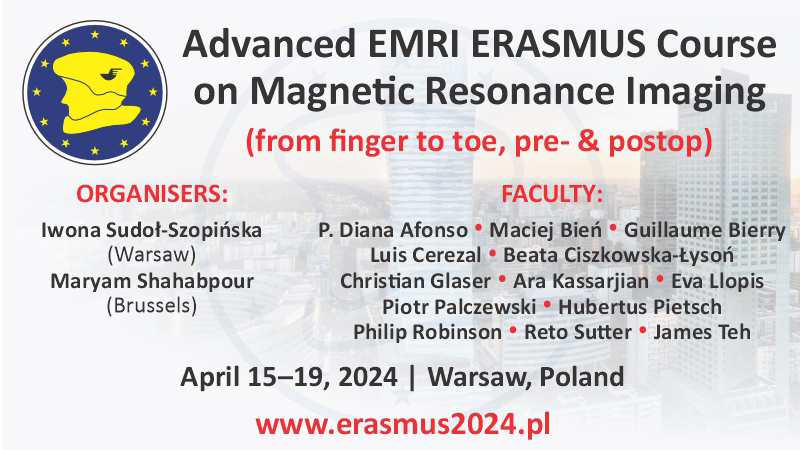Ultrasound image of the skin, apparatus and imaging basics
Robert Krzysztof Mlosek1, Sylwia Malinowska2
 Affiliation and address for correspondence
Affiliation and address for correspondenceUltrasound imaging of the skin is becoming more and more popular. Skin ultrasound examinations are used both in order to assess healthy skin and to evaluate pathological lesions. They are mainly performed in dermatology as well as in broadly understood aesthetic medicine and cosmetology. At present, skin imaging is enabled by high-frequency equipment and high-quality conventional devices. The introduction of high-frequency electronic transducers which are supported by conventional scanners may be a turning point in skin ultrasound equipment. Irrespective of the ultrasound scanner, three layers may be distinguished in the image of the healthy skin: epidermal echo, dermis and subcutaneous tissue. High-frequency equipment allows for detailed imaging of the epidermal echo, dermis and upper part of the subcutaneous tissue. It is also possible to visualize the skin appendages (hair with follicles and nails) as well as slight vessels that run in the dermis and upper subcutaneous tissue. Contrary to high-frequency equipment, conventional scanners do not allow for a detailed assessment of the epidermal and dermal echoes. Instead, they enable the visualization of the entire subcutaneous tissue. The following parameters are used for the assessment of skin ultrasound images: thickness of individual skin layers, caliber of blood vessels, echogenicity of the dermis or its individual layers, echogenicity of the subcutaneous tissue as well as the presence or absence of flow in slight venous vessels. Currently, the studies on the usage of sonoelastography for skin assessment are in progress. Considering the dynamic development of skin imaging equipment and its diagnostic possibilities, one might suspect that high-frequency examinations will become more common and will be fundamental for the evaluation of both healthy and pathologically altered skin. This paper is an introduction to a series of articles on the clinical application of high-frequency ultrasound. The next articles will be published in the subsequent issues.






